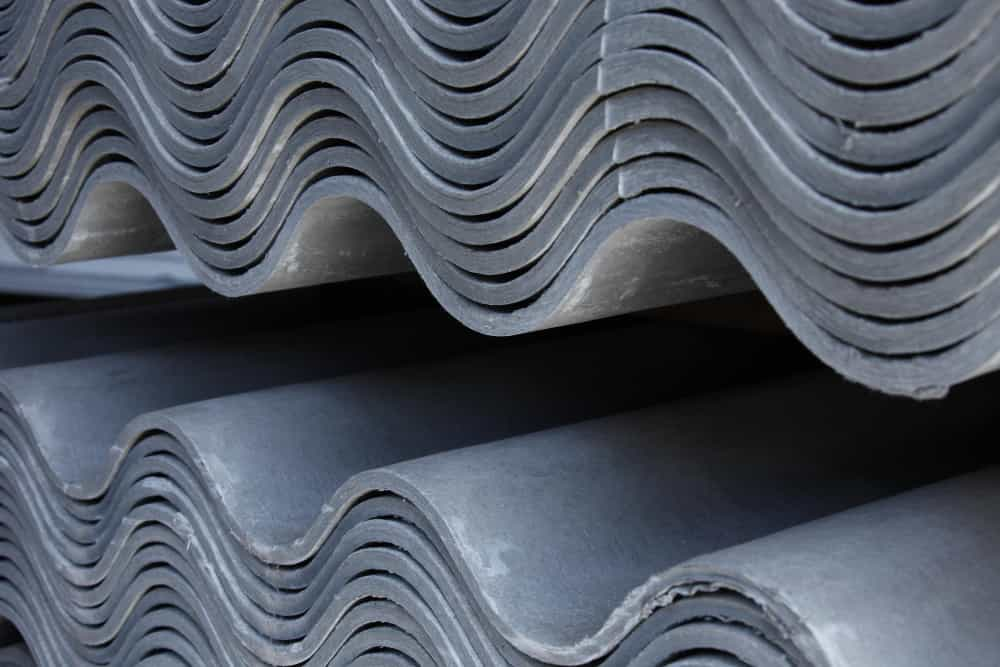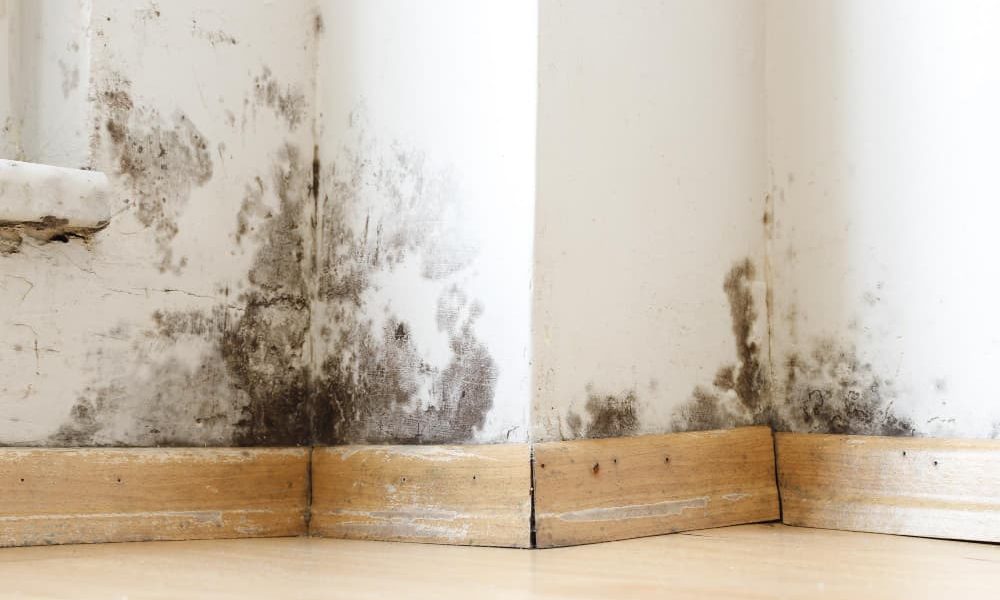
If you want to learn and know how to recognize asbestos, here we will give you all the useful information to do it right and thus prevent possible health hazards.
Recognize asbestos a material used massively in the construction industry until the end of the 20th century, is of crucial importance due to the significant health risks represents.
In this article, we will guide you step by step through the asbestos identification process, providing you with detailed and relevant information, effective suggestions, common mistakes to avoid, and interesting facts about this controversial material.
What is asbestos?
Asbestos is a group of natural fibrous minerals that were widely used in construction due to their outstanding properties. Fire resistance, thermal isolation and durability.
However, when the microscopic asbestos fibers are inhaled, they can cause serious health problems, such as asbestosis, mesothelioma and other types of lung cancer, which eventually led to the banning of their use in many countries.
Where is asbestos found?
Asbestos can be present in a wide variety of construction materials, including but not limited to:
- Insulation of pipes and boilers
- Vinyl tiles
- plaster ceilings
- drywall
- Ceiling and wall coverings
- Paints and putties
Additionally, these are not the only places where it can be found, as it was a very versatile substance in the construction industry.
When is asbestos dangerous?
Asbestos is dangerous when disturbed and the microscopic fibers are released into the air where they can be inhaled or ingested. Once inside the body, these fibers can cause inflammation, scarring, and eventually several serious health problems.
Here are several scenarios where asbestos can be especially dangerous:
Renovations or demolitions: In buildings containing asbestos, renovation or demolition activities can release asbestos fibers into the air. If workers or residents inhaled these fibers, they could be at risk for asbestos-related illnesses.
Degraded materials: Asbestos-containing materials can deteriorate over time, which can cause asbestos fibers to break off and disperse into the air. That’s why it’s crucial to regularly inspect old buildings for signs of degradation of materials that could contain asbestos.
Fire or natural disasters: In the event of a fire, earthquake or other natural disaster, materials containing asbestos can be damaged or destroyed, releasing asbestos fibers into the air.
Work without adequate protection: People who work with asbestos-containing materials, such as construction workers, electricians, and plumbers, are at high risk of exposure if they do not wear appropriate personal protective equipment.
Diseases related to asbestos exposure do not appear immediately. It often takes decades for symptoms to appear after first exposure to asbestos.
These diseases include mesothelioma (a type of cancer that affects the thin layer of tissue that covers most internal organs), lung cancer and asbestosis (a chronic lung disease that causes difficulty breathing, cough, and permanent scarring of the lungs).
How to recognize asbestos?
1: Know the construction date of your building
The buildings that were built or renovated before the 1980s may contain asbestos. If your building was erected after this period, it is less likely, but not completely impossible, to contain asbestos.
2: Identify possible asbestos materials
Asbestos was used in a wide range of construction materials. If your house has elements such as insulation of pipes or boilersvinyl tiles, plaster ceilings, gypsum panels, or ceiling and wall coverings, these may contain asbestos.
3: Inspect the condition of the material
If the material is in good condition, intact and not likely to be damaged or crumbled, the asbestos fibers will not be released into the air and therefore They will not represent an immediate health risk.
4: Perform an asbestos test
If you suspect that a material in your home may contain asbestos, the safest and most advisable thing to do is to hire a professional to perform an asbestos test. Do not attempt to take a sample yourself, as this process could release dangerous asbestos fibers into the air.
2 mistakes to avoid
Don’t assume asbestos is not present: Many homeowners mistakenly assume that their home does not contain asbestos simply because it is relatively new. However, asbestos may still be present in some homes built in the 1980s and 1990s.
Do not try to remove asbestos on your own: If you discover that there is asbestos in your home, do not try to remove it yourself. Asbestos is especially dangerous when it is disturbed and fibers are released into the air. It is always best to hire a professional to remove asbestos safely.
It is important to know how to recognize it
Recognize the presence of asbestos It’s an essential skill, especially for those who live or work in older buildings. Although its use has decreased significantly, it can still be present in a large number of construction materials.
Asbestos is a health hazard only when the fibers are released into the air and inhaled, so it is crucial to handle any suspected asbestos with the utmost care.
Remember, if you suspect that a material may contain asbestos, It is always safer to seek professional advice.. Be sure not to disturb suspicious material and avoid attempting asbestos removal yourself.
With the detailed information and recommendations provided in this article, you will be better equipped to safely identify and handle any potential presence of asbestos in your environment.







